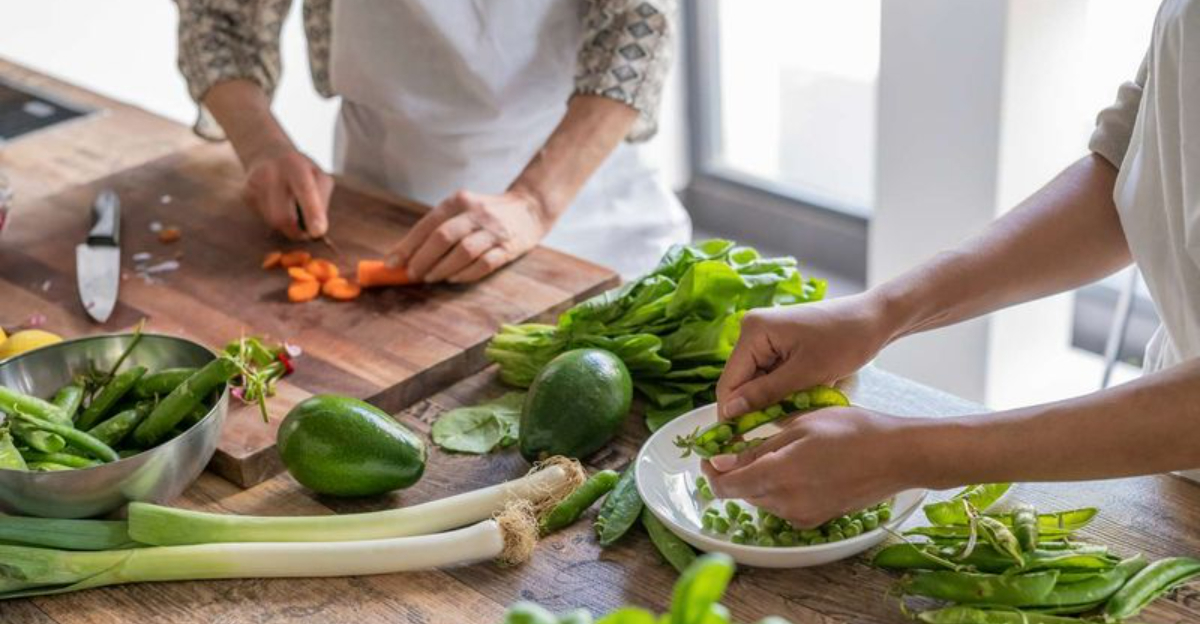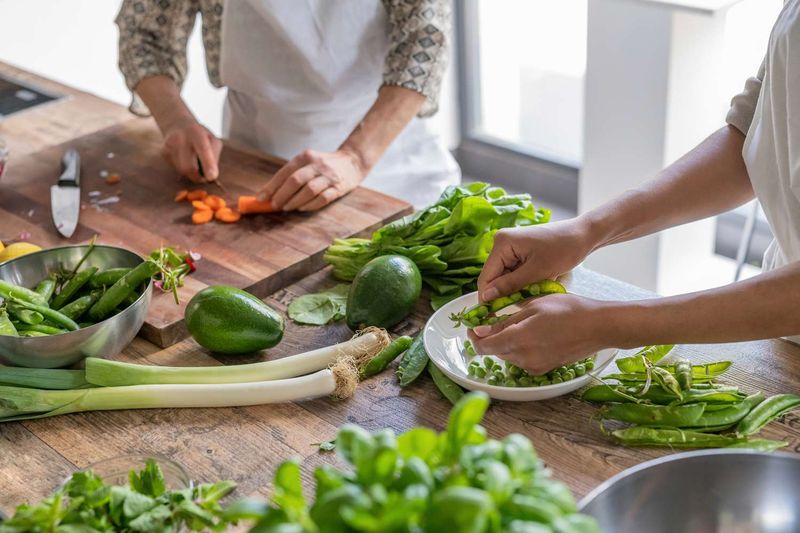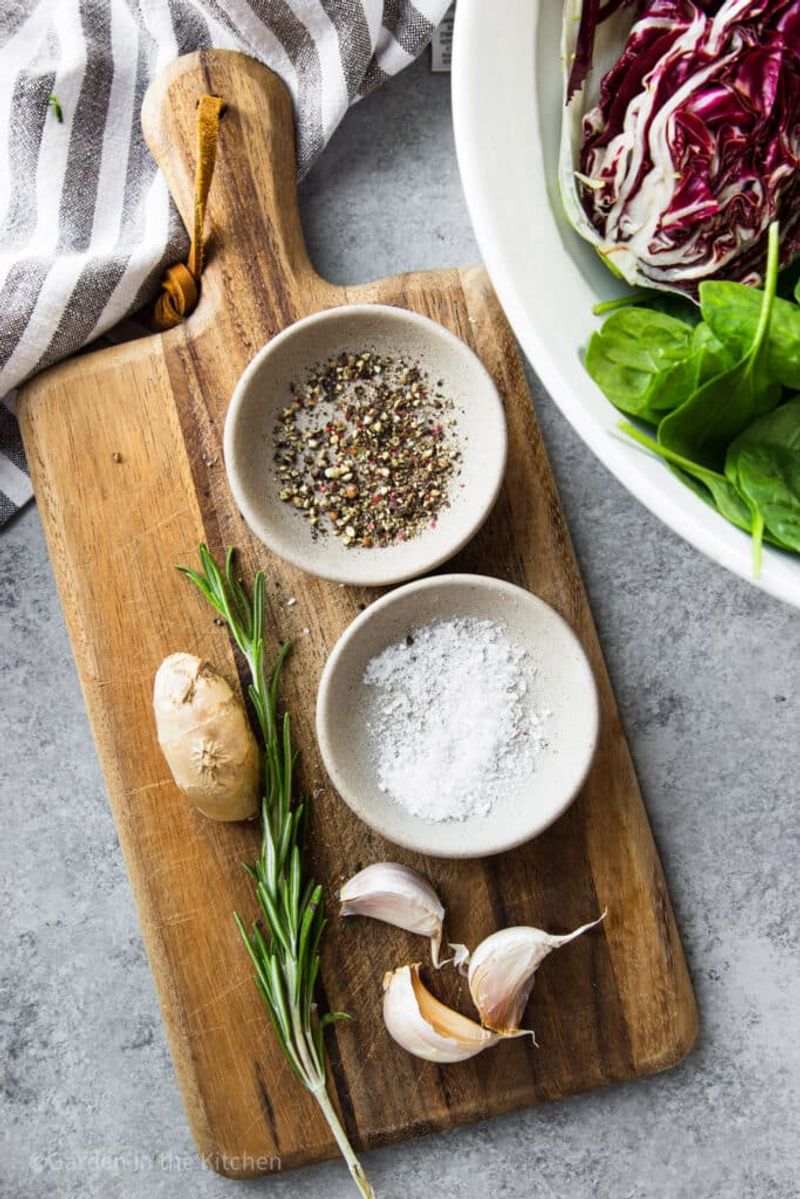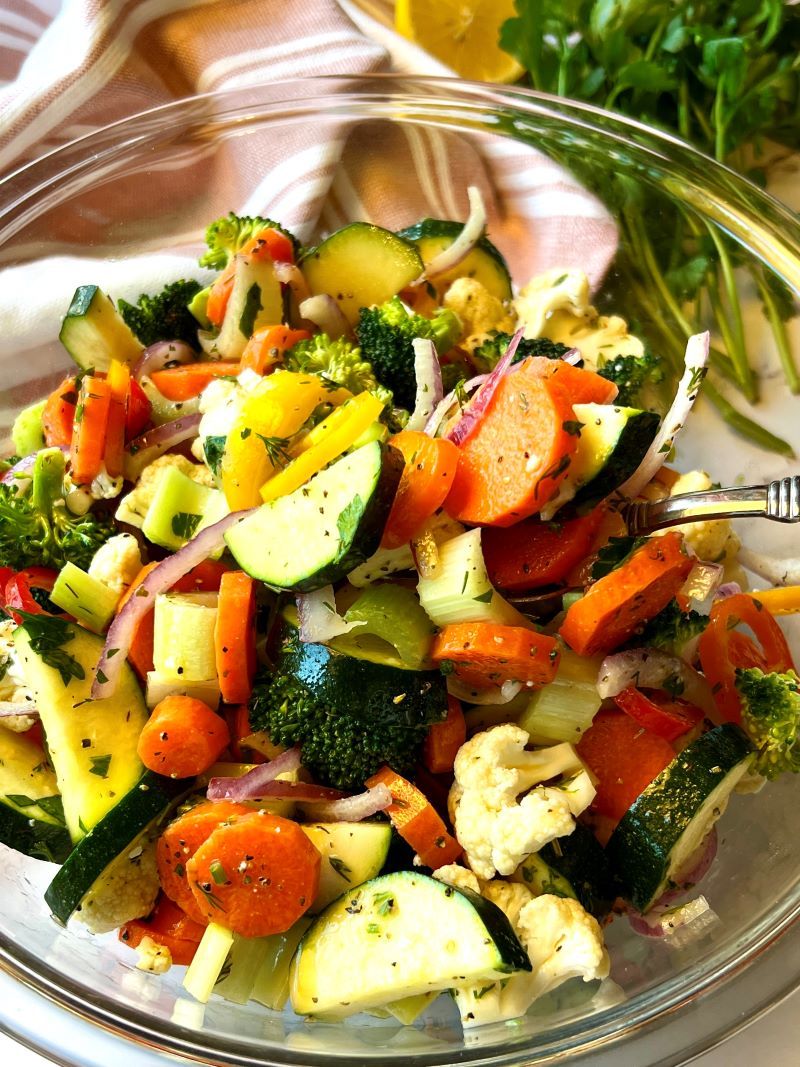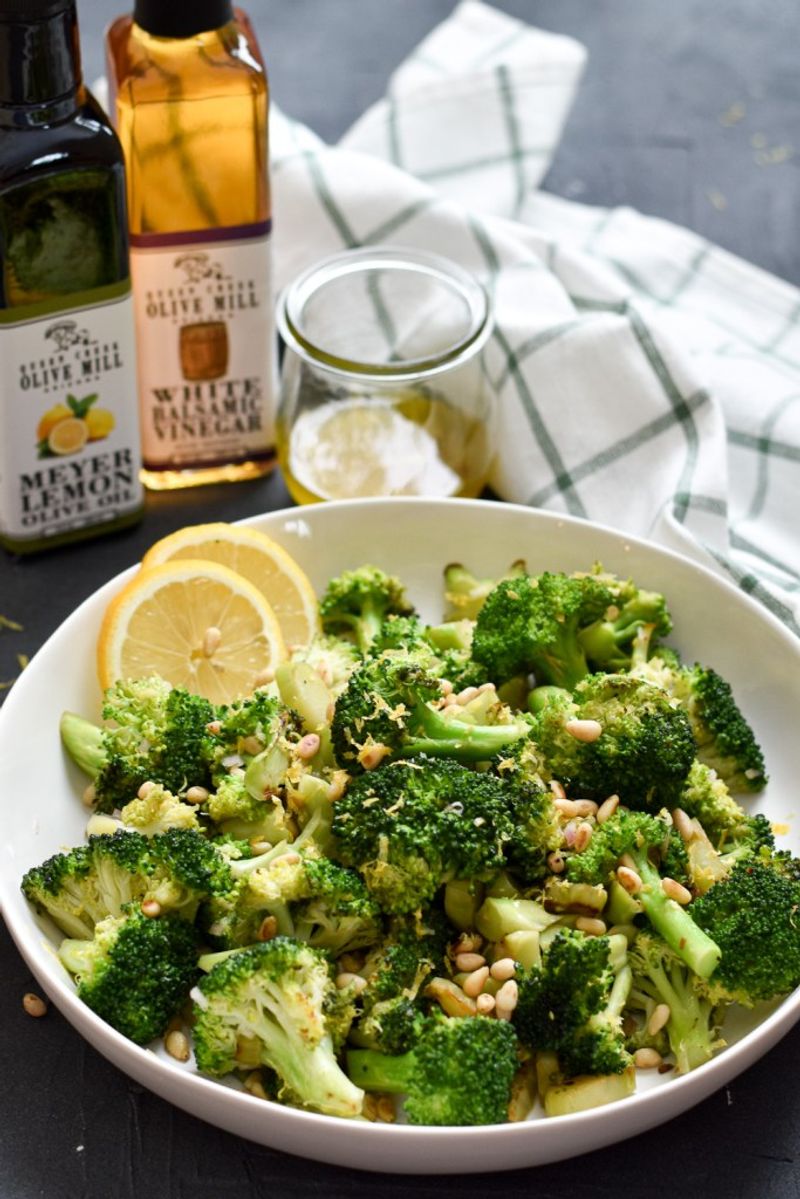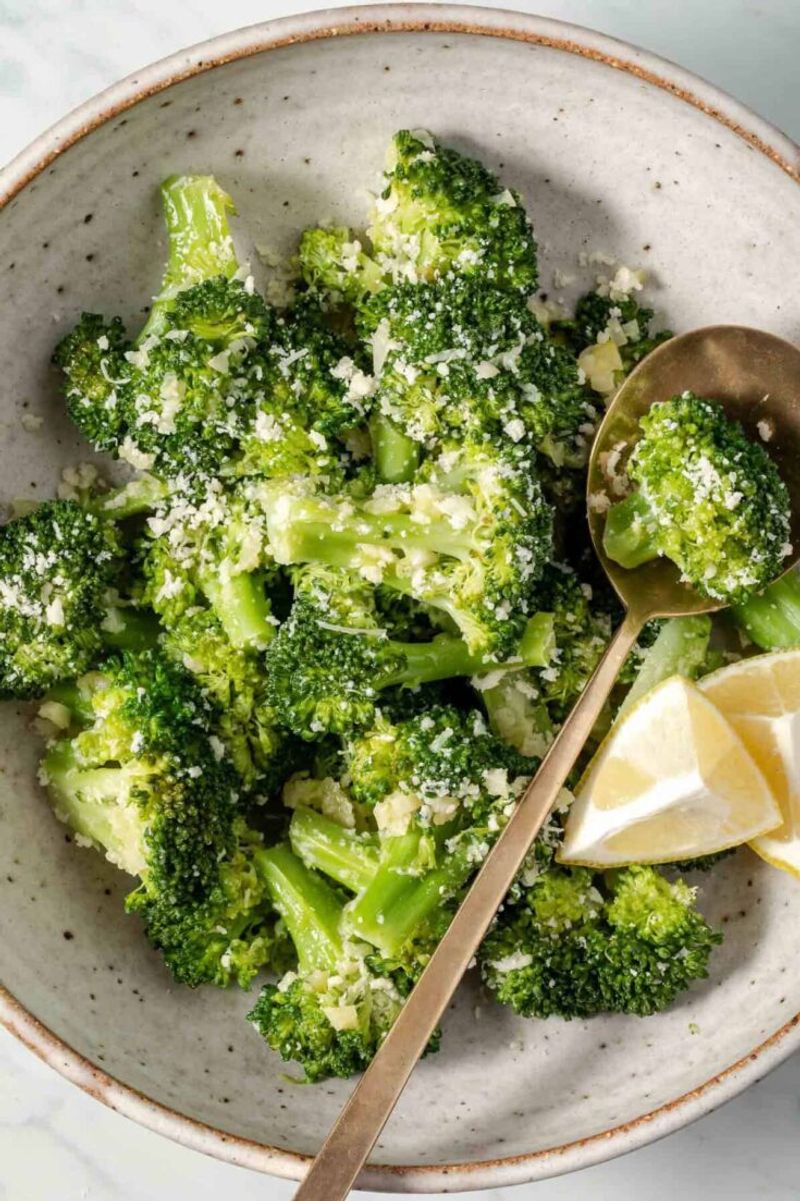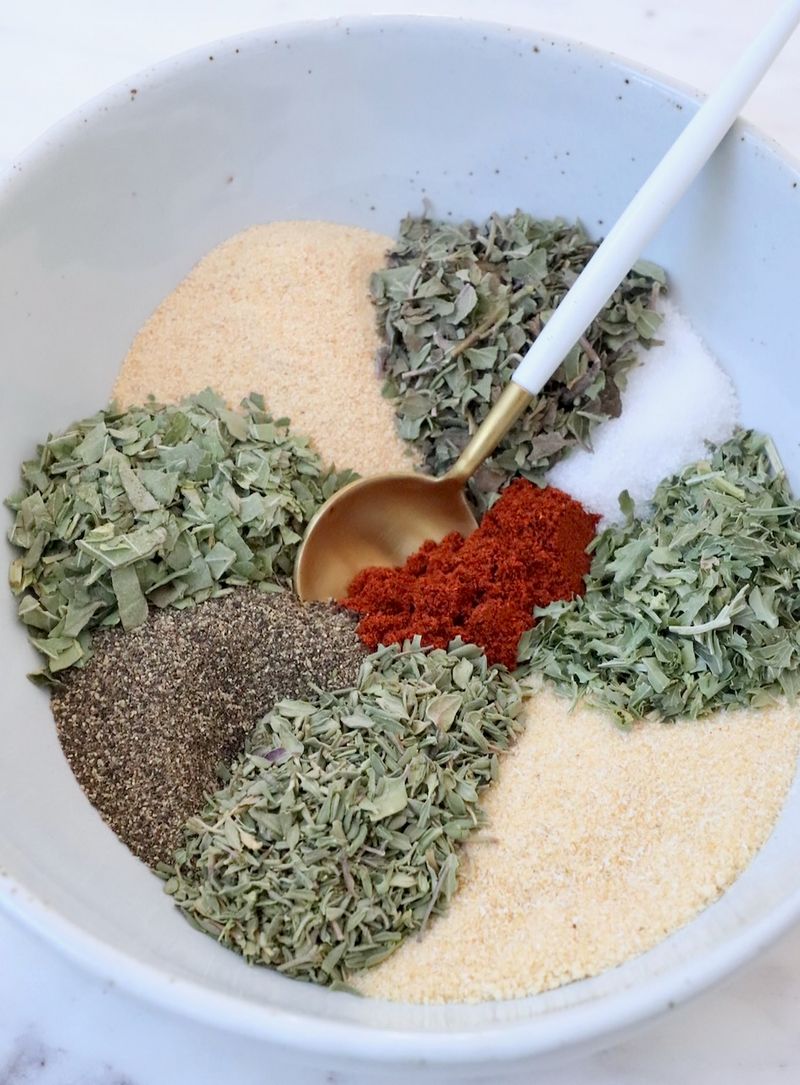Steamed vegetables can be bright, crisp, and deeply flavorful—if you use the right method. We tested six popular approaches to find the one that truly locks in taste without losing nutrition. From aromatic steam to post-steam finishes, we compared ease, texture, and overall punch. Read on to discover surprising winners, simple tweaks, and the one technique we’ll use on repeat.
1. Aromatic Water Infusion
We layered flavor right into the steam by slipping lemon slices, smashed garlic, and thyme into the pot water. As the steam rose, it kissed broccoli and carrots with a delicate citrus-herb aroma.
The vegetables stayed perky, with a tender snap and glossy sheen. This method is wonderfully hands-off and doesn’t muddy colors or add extra fat. It’s subtle, so pair with a pinch of salt at the finish.
Best for folks who want freshness and fragrance without heavy seasoning. Cleanup is easy, and the kitchen smells amazing—like a spa for veggies.
2. Basket With Fresh Aromatics
Here, herbs and aromatics go directly in the basket with the vegetables. We tucked rosemary sprigs, ginger coins, and garlic around green beans and cauliflower, letting heat unlock their oils.
The result: fragrant, savory notes that feel more pronounced than seasoning the water alone. Texturally, veggies remained crisp-tender and vivid. This approach shines when you want bolder perfume without sauces. It’s also flexible—swap rosemary for dill, or ginger for scallion.
The downside? Herbs can darken a bit and need removing before serving. Overall, a bright, garden-forward steam with personality.
3. Quick Marinade Pre-Steam
We tossed mixed vegetables in a light marinade of olive oil, soy sauce, lemon, and black pepper, then let them rest 15 minutes before steaming. The oil helped carry flavors inside, while soy added gentle umami.
Post-steam, vegetables tasted fuller and slightly savory, with a glossy finish. Texture was plush yet springy—no greasiness. Great for variety platters or meal prep bowls. Keep marinades light to avoid drips and flare-ups.
We liked finishing with flaky salt and a squeeze of citrus. If you want depth without heavy sauces, this technique delivers satisfying roundness.
4. Citrus and Acid Finish
After steaming, we brightened the vegetables with lemon zest, a quick squeeze of juice, and a trace of balsamic. The acidity lifted sweetness and sharpened edges, making flavors pop without overshadowing the vegetables.
Asparagus and carrots sang with fresh, clean notes and a lively finish. This method is ideal when you need fast impact and minimal effort. It also rescues slightly bland batches.
Add a pinch of salt to anchor the zing, and a little zest for perfume. If you love crisp textures with sparkle, this finisher is a weeknight hero.
5. Healthy Fats and Umami Boost
We finished steamed greens with a swirl of extra-virgin olive oil, a sprinkle of Parmesan, toasted nuts, and a light soy drizzle. The fat carried aromas and made every bite taste rounder, while umami added depth.
Vegetables stayed juicy, with a tender bite and appealing sheen. This method is flexible—swap olive oil for avocado, Parmesan for feta, or soy for miso butter. It’s indulgent yet balanced, and kids usually approve.
Just season lightly; the cheese and soy bring salt. If you want satisfying richness without frying, this is a reliable, crowd-pleasing route.
6. Spice-Forward Steam Rub (Winner)
We dusted vegetables with a light spice mix—paprika, cumin, garlic powder, and a pinch of chili—before steaming. The heat bloomed the spices without scorching, infusing each piece with warm, savory complexity.
Flavors felt locked in and evenly distributed, while textures stayed crisp-tender. A tiny drizzle of olive oil after steaming helped spices cling and shine. This approach needs only a squeeze of lemon to finish. It’s budget-friendly, fast, and wildly adaptable.
Among all six, this method delivered the biggest, most satisfying flavor with minimal effort—our clear winner for everyday cooking.
